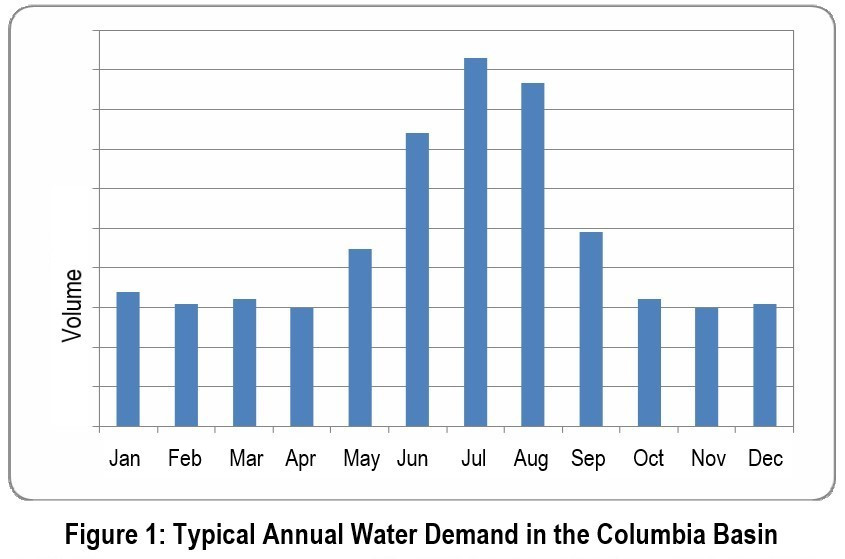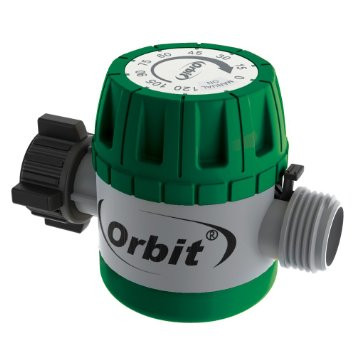It’s important to save water; especially in summer when water use is twice as high as in winter because of outdoor watering.
The graph below shows how water use increases in the spring and summer. Lawn watering is the main contributor to peak demand, the period when water consumption is at its highest. By reducing peak demand, we reduce our impact on water supply, distribution and treatment infrastructure and the environment.

1. Let Grass Grow
Let grass grow to a height of 2.5-3 inches. Taller grass shades new growth and reduces evaporation.
2. Say No to Nitrogen
Using high-nitrogen fertilizers require a lot of water to work, and they only temporarily stimulate new growth.
3. Say Yes to Organics
In place of nitrogen, top-dressing lawns annually with compost or high quality topsoil will increase nutrients in the soil and improve its water-holding capacity.
4. Use Grass Clippings
Grass nutrients are a valuable organic source of nutrients, especially nitrogen, so leave them on the lawn after mowing.
5. Aerate
Lawns can become compacted over time. Aerating removes cores of soil and turf from the lawn, allowing water, nutrients and oxygen to penetrate the soil.
6. Mulch
Mulch acts as a protective cover around plants. It keeps soil cool and moist and discourages weed growth. Organic mulches such as straw, leaf, bark or wood chips work best. Avoid rocks, as they retain heat, increasing the need for water.
7. Reduce Turf Areas
Replace water-thirsty grass with decking or mulched gardens of drought-tolerant plants.
8. Plant Wisely
Group plants according to their watering needs. Consider plants that are indigenous to the area. They have adapted to local climate conditions and require little water to grow.
9. Use a Hose Timer
A hose timer connects to your outside tap and turns off your sprinklers automatically after a set amount of time.
10. Water More Efficiently
Established lawns only need an inch of water a week, including rainfall to stay healthy. Longer infrequent watering will help develop deeper, healthier roots. Rather than frequent shallow watering, water your lawn deeply once or twice a week, in the morning or evening.
 Cranbook
Cranbook


